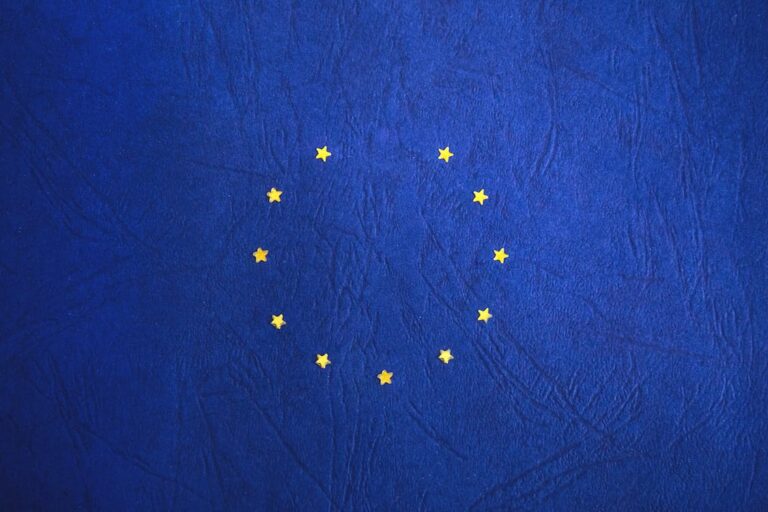
Morning Brief – Twenty Years of Strength
When the Euro came into physical existence in 2002, one Euro would have bought you a little under 1.5 Francs. That was already ten cents less than what a Euro-in-principle would have purchased you in 1999 when the Euro was conceived electronically but still limited to financial markets and select businesses. In 1999, during the phase in which the valuation of the single currency was agreed upon, ahead of coming into physical circulation three years later, the volatility of the Euro across the board was relatively low by design via a complex but successful introduction phase. When the tech bubble began to burst in the early 2000s, CHF lurched higher as it established itself once again as a good safehaven for investors. Because of the strict calculus with which the value of the single currency was created, you can artificially engineer the value of the Euro back far before its creation. Looking back as far as the 1980s, at the turn of that decade the implied value of one Euro was equal to 2.4 Swiss Francs.
Almost without deviation since this year, the EURCHF has been one way traffic. In the 15 years where the EURCHF pair has closed higher than it opened, the absolute size of the change has been relatively insignificant. On average, the pair has dropped by just shy of three cents per annum. Despite the relatively one-way traffic, the key period of CHF strength was from 2007/8 onwards. From the start of 2008, to 2011, the Franc gained on average more than 13 cents versus the Euro each year. Seeking shelter from the incoming European Sovereign Debt crisis, money flocked to the safehaven of the Swiss Franc. As global interest rates sunk towards zero, the appeal of the US Dollar also helped cement the favour of the Franc for investors.
The pressure on the Franc was so significant and disturbing to the global economy that the Swiss Central Bank (the SNB) put in place in 2011 a price floor beneath which EURCHF could not trade. Currency pegs are often both very difficult and expensive to maintain. As the Eurozone economy recovered and monetary normalisation in the US caused a change of wisdom at the SNB, the peg was dropped. At the start of 2015, January 15th, the SNB unexpectedly removed the peg leading to a huge crash in the EURCHF market. Having opened the day just above the 1.20 peg, the closing price was 0.9753 Francs per Euro, having earlier that day reached a low sub-0.86.
The distress the pandemic has caused in markets has allowed the Franc to continue to pick up strength. The Euro is now one of the least favoured currencies in the market with lockdowns across Europe now only adding to the selling pressure in the single currency. EURCHF is now at lows not seen since the fateful crash in the pair in 2015.
Discussion and Analysis by Charles Porter

Click Here to Subscribe to the SGM-FX Newsletter
Related Insights

Daily Brief – Equities, British Pound, Gold and Oil
If you are reading this, you might be contemplating doing some FX business in the Twixtmas period- SGM-FX is open 30+31 December and ready to help. Equities, British Pound, Gold and Oil Morgan Stanley sprinkled some less than sparkling seasonal cheer over the weekend on US equity price direction by saying that due to current […]

Daily Brief – US Dollar
If you are reading this, you might be contemplating doing some FX business in the Twixtmas period- SGM-FX is open 27+30+31 December and ready to help. US Dollar As we approach 2025 it is still a USD story in currency markets with just 35bps of interest rate cuts in the USA pencilled in for the […]

Daily Brief – Euro
Euro Markets are currently pricing in four 25bp rate cuts for 2025 in the EU from 3% to 2% but some analysts are now predicting that rates may go as low as 1.5%. What that means is that EUR will remain weak and allow buyers of EUR to lock in the best levels for years. […]



 Humphrey Percy
Humphrey Percy